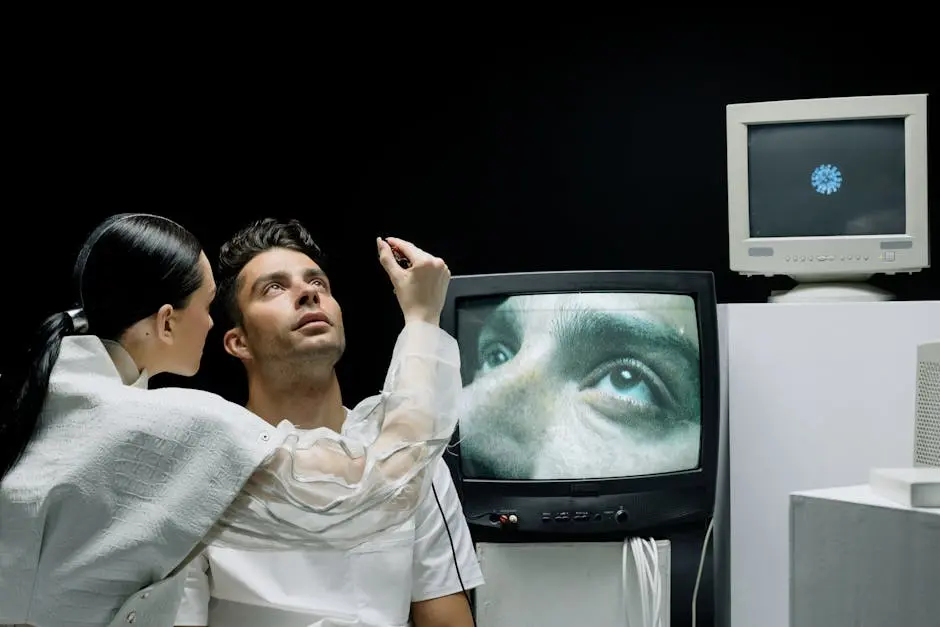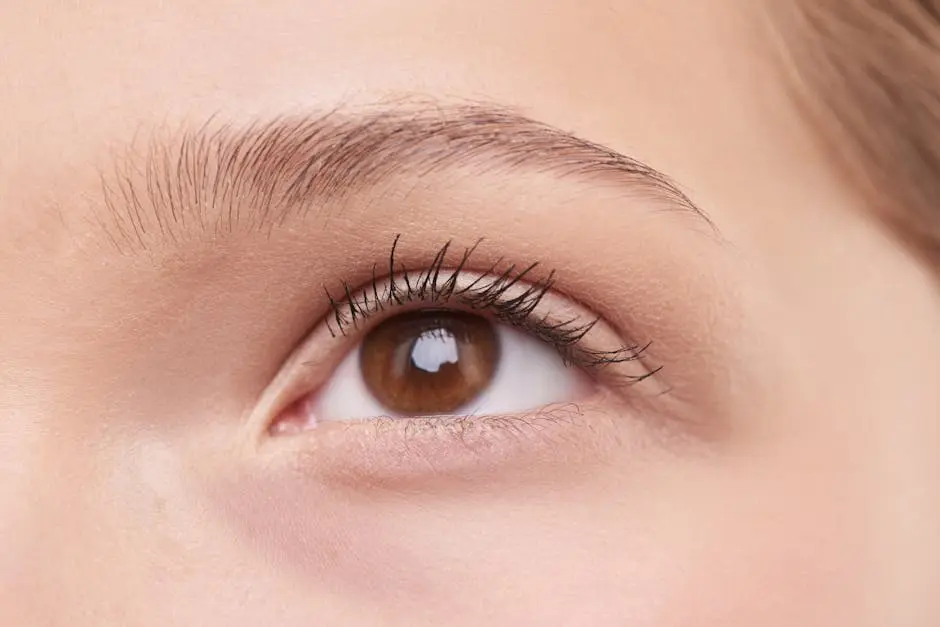What Are the Key Benefits of Regular Eye Care?
Regular eye care is important not only for maintaining good vision but also for ensuring overall eye health. In this blog, we’ll explore the key benefits of incorporating regular eye care into your routine and how it can positively impact your life.
Understanding the Importance of Routine Eye Exams
Routine eye exams serve as a fundamental pillar in maintaining robust eye health. By scheduling regular visits with your optometrist, you ensure that your eyes are comprehensively checked for any potential issues. These examinations can identify common eye conditions such as glaucoma, cataracts, and macular degeneration early on. Early detection allows for prompt intervention, which can help avert more serious complications down the line.
A routine check-up not only examines your eyesight but also evaluates the overall health of your eyes. According to the Practice Plus Group, an eye exam can uncover eye conditions and even detect symptoms of wider health problems, emphasizing how intertwined our vision is with general well-being. Optometrists can detect issues that might not yet have notable symptoms but could lead to severe outcomes if untreated.
Consider it reassuring that many eye diseases can be effectively managed when caught early. Just like a car requires regular servicing to run smoothly, your eyes need regular professional check-ups to ensure optimal function over the years. Given that sight is a crucial sense guiding our everyday activities, maintaining regular eye exams is paramount to preserving your quality of life.
Early Detection of Eye Conditions
Early detection of eye conditions is one of the most significant advantages of regular eye care. Mismanaged or unidentified eye diseases can lead to reduced vision, affecting daily life significantly. Fortunately, conditions like glaucoma and macular degeneration often have identifiable indicators well ahead of noticeable symptoms. Identification of these indicators during an eye exam can facilitate interventions that slow or even halt the progress of these conditions.
Moreover, the benefits of early detection extend beyond eye health. Studies show a significant link between eye conditions and systemic health issues such as diabetes and hypertension. Regular eye exams enable healthcare professionals to spot signs that may reflect broader health conditions, potentially offering crucial early diagnostic insights. This ability of your eyes to serve as a window into your general health underscores their importance.
Statistically, over two million individuals in the UK live with some form of visual impairment — a number anticipated to double by 2050 due to the aging population and increasing prevalence of chronic health conditions. Consistent management through early detection plays a vital role in minimizing these numbers and improving the quality of life for many individuals. These statistics highlight why dedicating time to regular eye examinations is not merely optional; it’s a health priority.
Benefits of Corrective Eyewear
Corrective eyewear serves as a straightforward yet incredibly effective solution for enhancing daily visual comfort and acuity. Whether you require glasses or contact lenses, keeping your prescription up to date is essential for optimal vision correction. Doing so prevents unnecessary eye strain and headaches, allowing for greater productivity and ease in everyday tasks.
An updated prescription is crucial as it matches the eyewear to your current visual needs, ensuring everything from reading documents at a desk to safely driving is done with clarity. Routine check-ups can reveal even minor adjustments needed after routine screening, significantly impacting how you interact with the world.
Additionally, advancements in eyewear technology, such as blue-light-blocking lenses, cater to specific modern needs like reducing digital eye strain. Such enhancements provide relief for anyone regularly exposed to screens. The right pair of glasses can dramatically transform your interaction with digital environments, making them an invaluable addition for anyone navigating the digital-heavy professional landscape.
Protection from Digital Eye Strain
In our digital age, screens are omnipresent in both work and leisure environments. This inevitability has led to the rise of digital eye strain, characterized by discomfort, dryness, and blurred vision from prolonged screen use. Regular eye care empowers individuals with strategies to mitigate these effects and protect eye health.
Eye professionals often recommend the 20-20-20 rule to combat digital eye strain: every 20 minutes, look at something 20 feet away for 20 seconds. This exercise provides much-needed relief to focus muscles, reducing fatigue and preserving eye comfort. As suggested by optometrists, eye strain can also be minimized by frequent breaks and adjusted screen settings, both practical adjustments to modern lifestyles.
Furthermore, screen-tailored eyewear, available in various corrective lens options, can significantly reduce the symptoms associated with digital eye strain. These glasses often come equipped with specialized coatings that filter out blue light, helping maintain eye comfort during extensive screen use.
Promoting Overall Health and Well-being
Eye health is closely tied to overall wellness, with regular care offering benefits that extend beyond vision. Regular eye care may reveal systemic issues, as outlined by the Practice Plus Group, where optometrists can detect signs of broader health problems such as diabetes during routine eye exams.
Well-maintained eye care promotes more than just clear vision; it preserves quality of life by ensuring that individuals can fully engage in daily activities. Good eyesight significantly contributes to overall happiness and independence, reinforcing how taking care of your eyes complements lifelong health initiatives.
Maintaining an eye-friendly lifestyle, incorporating a balanced diet rich in omega-3 fatty acids and antioxidants, also boosts eye health, aligning with practices beneficial for general health. By adopting these habits, not only do you maintain optimal vision, but you contribute to your entire body’s well-being.
Regular Eye Care: A Vision for a Healthier Tomorrow
Incorporating regular eye care into your health routine can lead to numerous benefits, from better vision and early detection of diseases to protection against digital eye strain and improved overall quality of life. Don’t overlook the importance of taking care of your eyes—your vision is worth it!





